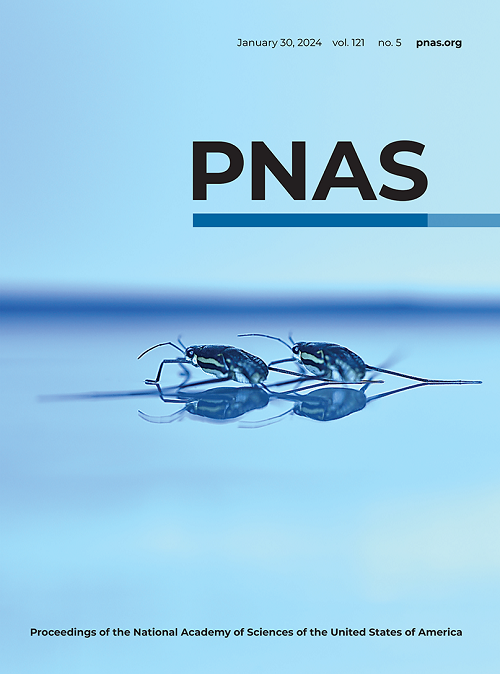A quantitative figure of merit for battery SEI films and their use as functional solid-state electrolytes
IF 9.1
1区 综合性期刊
Q1 MULTIDISCIPLINARY SCIENCES
Proceedings of the National Academy of Sciences of the United States of America
Pub Date : 2025-07-22
DOI:10.1073/pnas.2425556122
引用次数: 0
Abstract
As a key passivation film that governs battery operation, the solid electrolyte interphase (SEI) has long been credited for enabling high-performance batteries or blamed for their eventual death. However, qualitative descriptions of the SEI often found in the literature (e.g., “conductive,” “passivating”) highlight our incomplete understanding of this layer, where even the most basic properties foundational to SEI function remain difficult to measure. Here, we quantify SEI conductivities and SEI transference numbers using a separator-free Cu|SEI|Li architecture that treats the SEI as a functional solid-state electrolyte (SSE). We find that while any SEI property alone (e.g., electronic conductivity) is weakly correlated (R电池SEI薄膜及其用作功能性固态电解质的定量指标
作为控制电池运行的关键钝化膜,固体电解质间相(SEI)长期以来一直被认为是高性能电池的关键,也被认为是其最终死亡的罪魁祸首。然而,在文献中经常发现的对SEI的定性描述(例如,“导电”,“钝化”)突出了我们对这一层的不完整理解,即使是SEI功能基础的最基本属性仍然难以测量。在这里,我们使用无分离器的Cu|SEI|Li结构来量化SEI电导率和SEI转移数,该结构将SEI视为功能性固态电解质(SSE)。我们发现,虽然任何单独的SEI性质(例如,电子导电性)都是弱相关的(r2 <;0.67)与电池性能(如库仑效率)有很强的相关性(r2 >;0.99)可以通过将“SEI cT数”定义为SEI转移数(T)与SEI电导率比(c)之间的乘积来实现。与热电性能值(即zT)类似,SEI cT定量地对SEI特性对电池性能的整体影响进行基准测试,并强调单独引用这些特性的缺陷。也许最引人注目的是,我们证明了在室温下Li金属的沉积和剥离是可能的,在我们的无分离器Cu|SEI|锂电池中,证实了SEI可以精确地作为SSE起作用。总之,这些结果丰富了我们对SEI的理解,它不仅是一种钝化层,而且是一种功能结构,可能对固态电池产生重要影响。
本文章由计算机程序翻译,如有差异,请以英文原文为准。
求助全文
约1分钟内获得全文
求助全文
来源期刊
CiteScore
19.00
自引率
0.90%
发文量
3575
审稿时长
2.5 months
期刊介绍:
The Proceedings of the National Academy of Sciences (PNAS), a peer-reviewed journal of the National Academy of Sciences (NAS), serves as an authoritative source for high-impact, original research across the biological, physical, and social sciences. With a global scope, the journal welcomes submissions from researchers worldwide, making it an inclusive platform for advancing scientific knowledge.

 求助内容:
求助内容: 应助结果提醒方式:
应助结果提醒方式:


